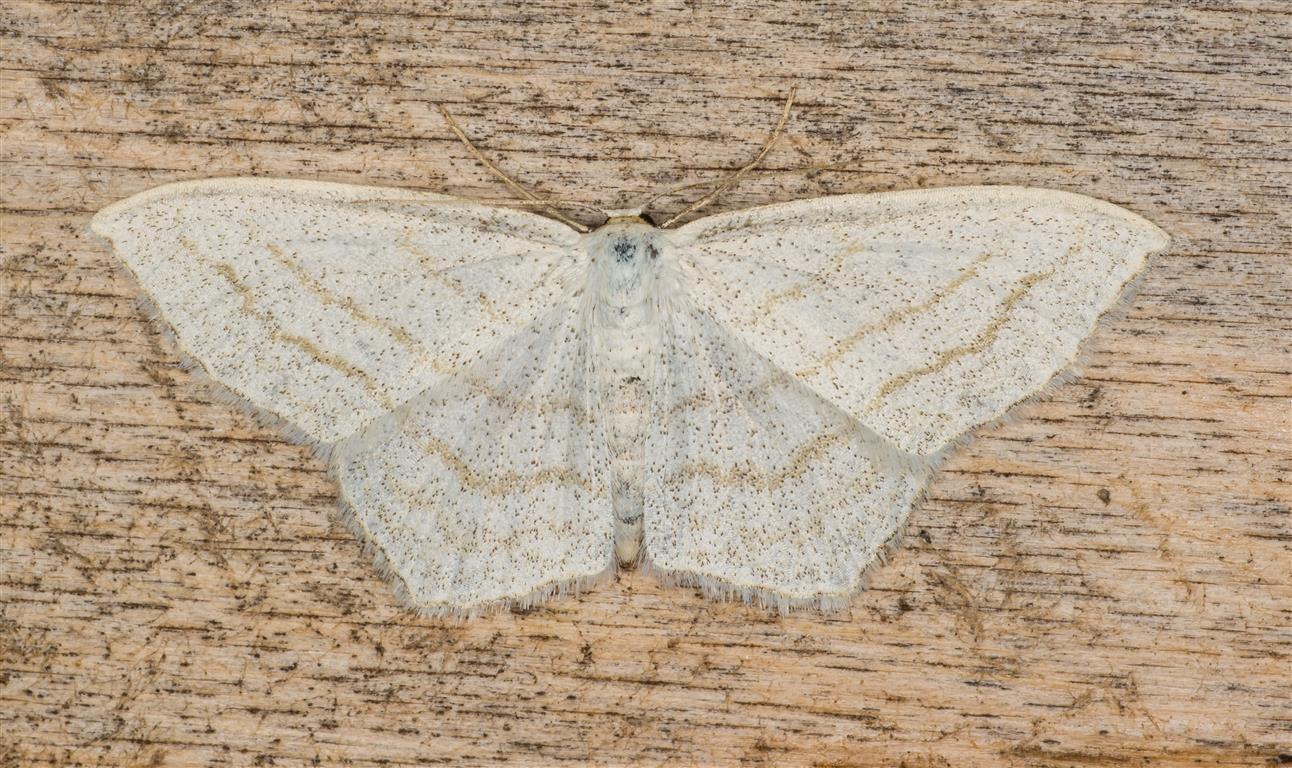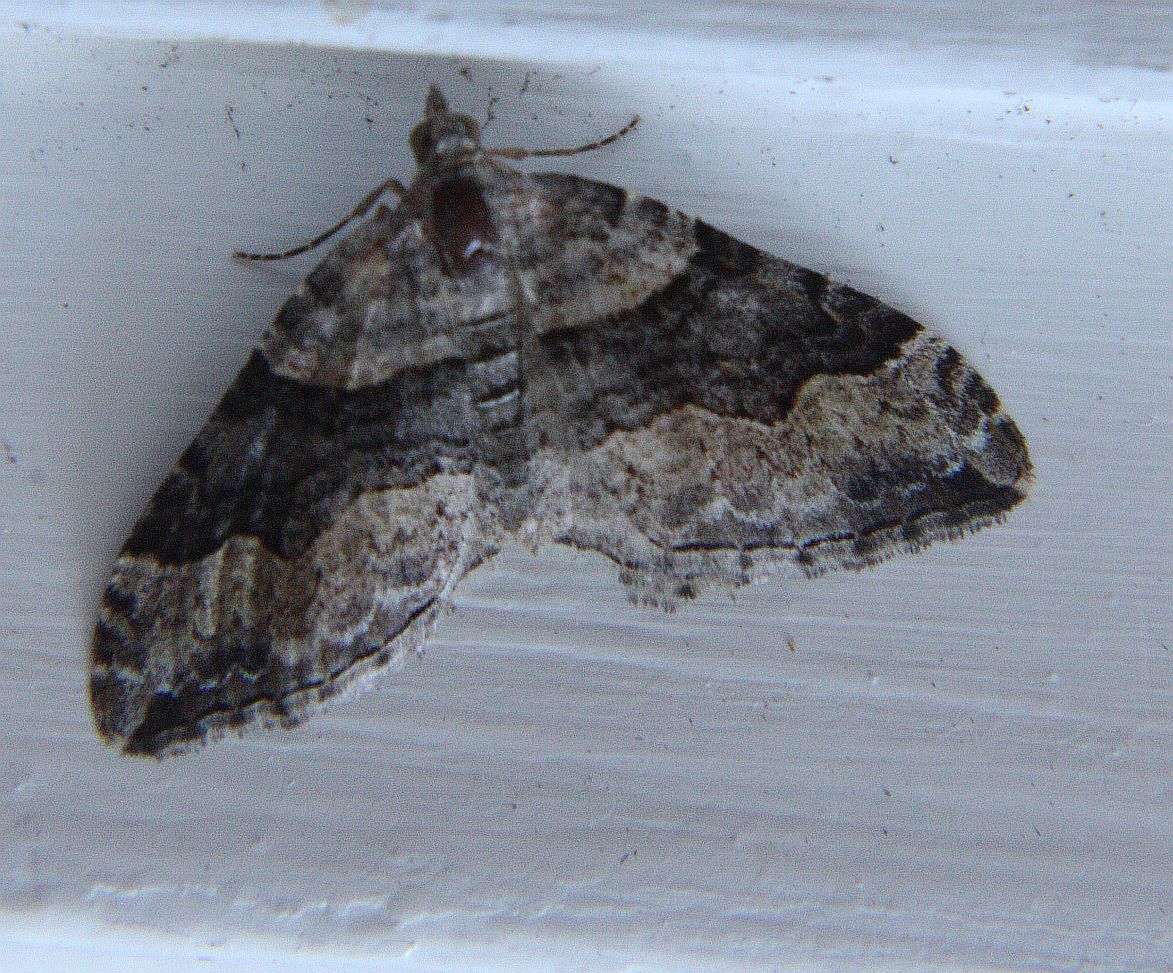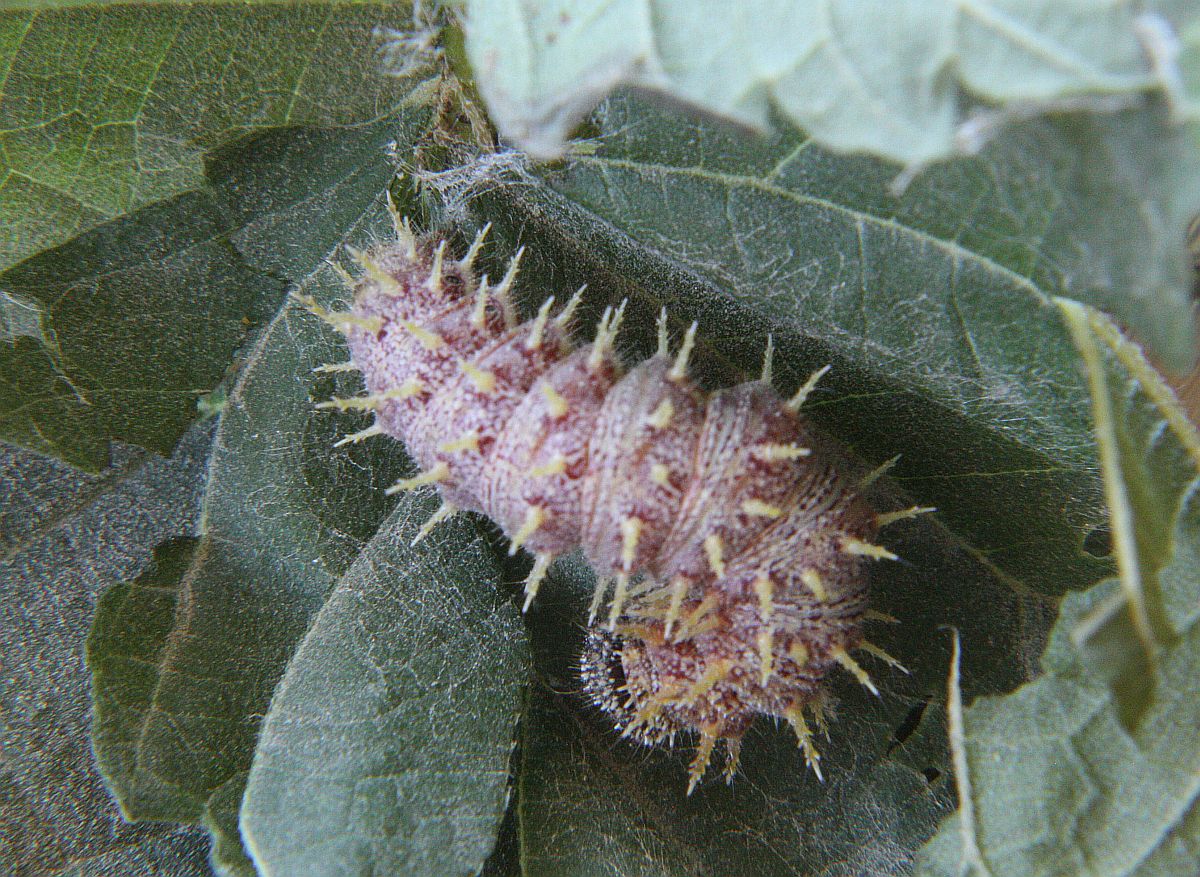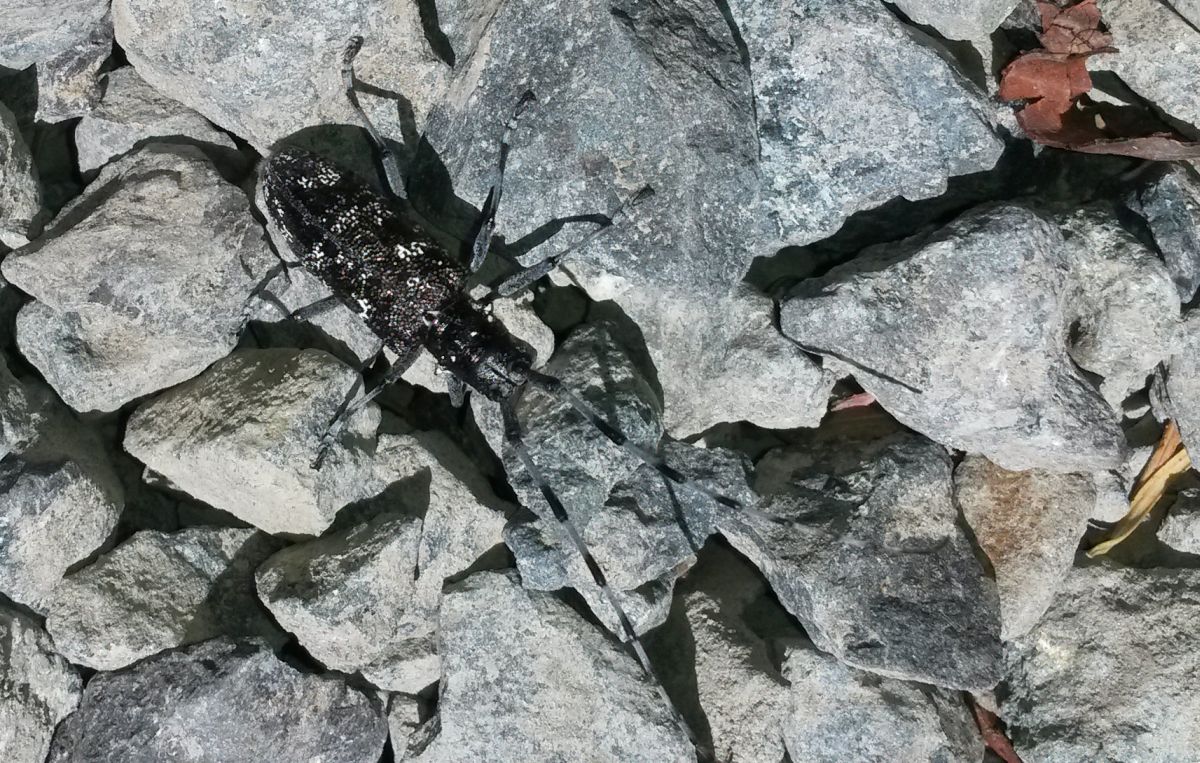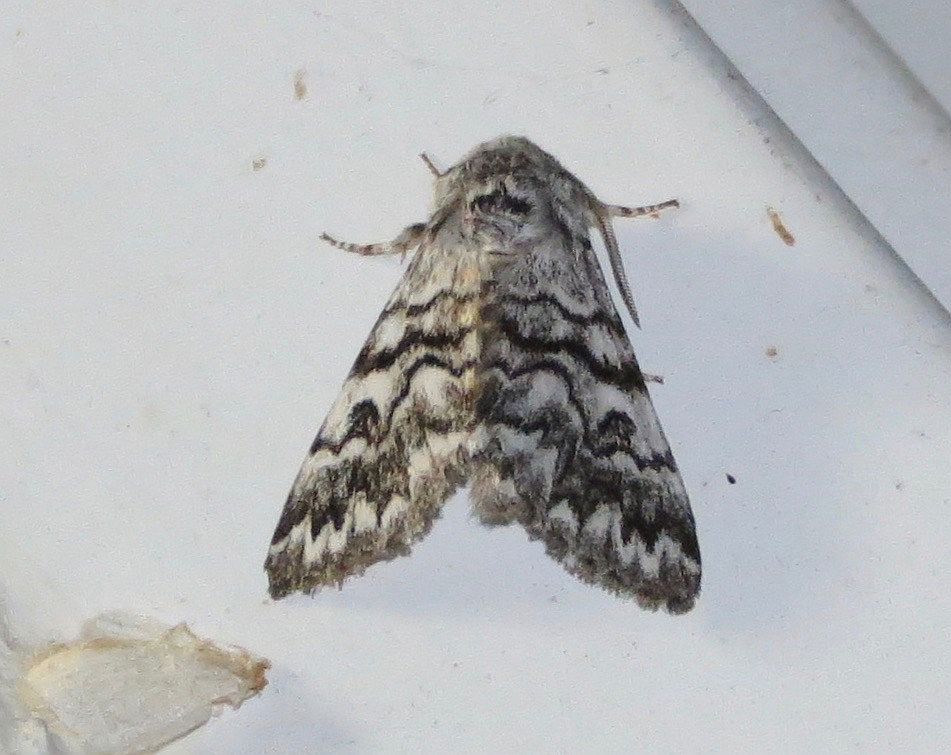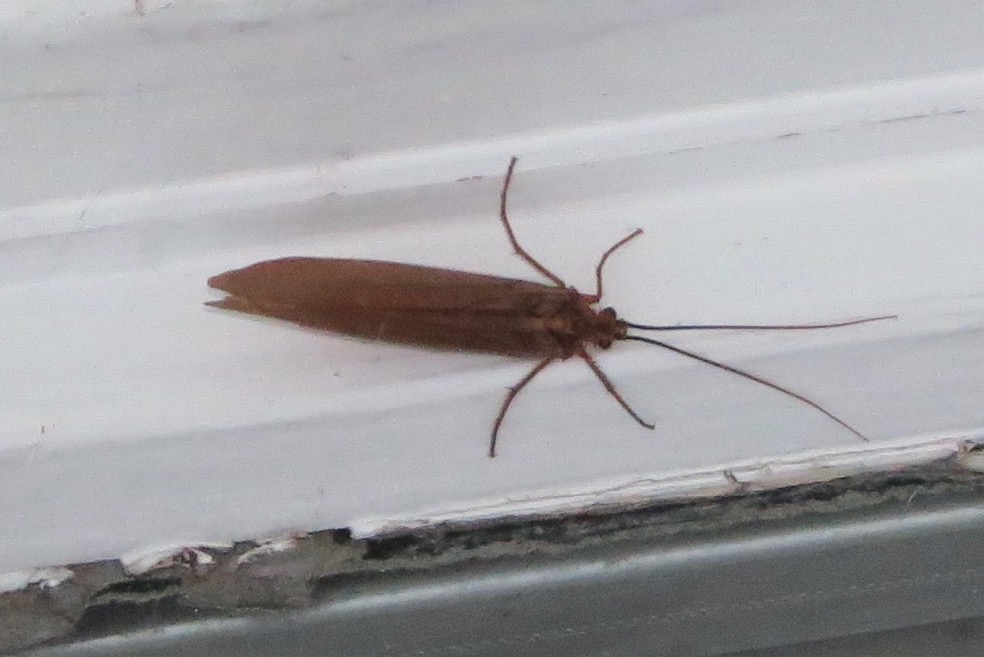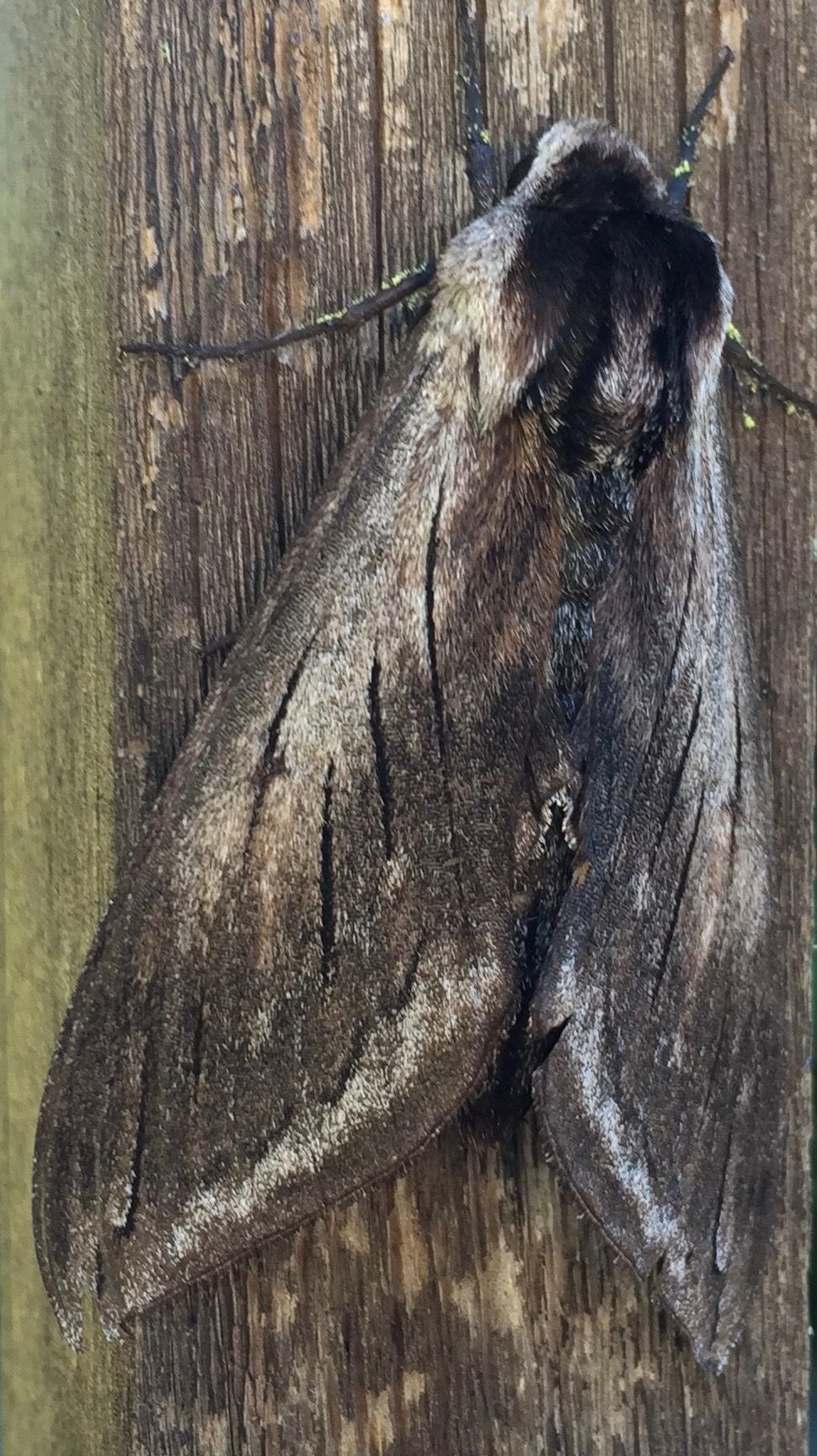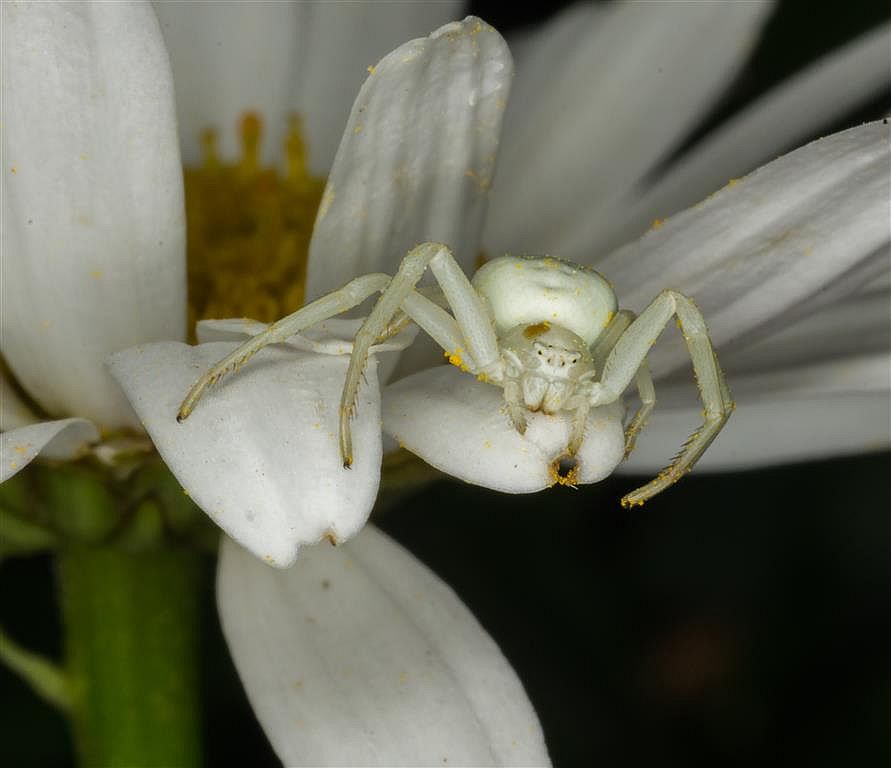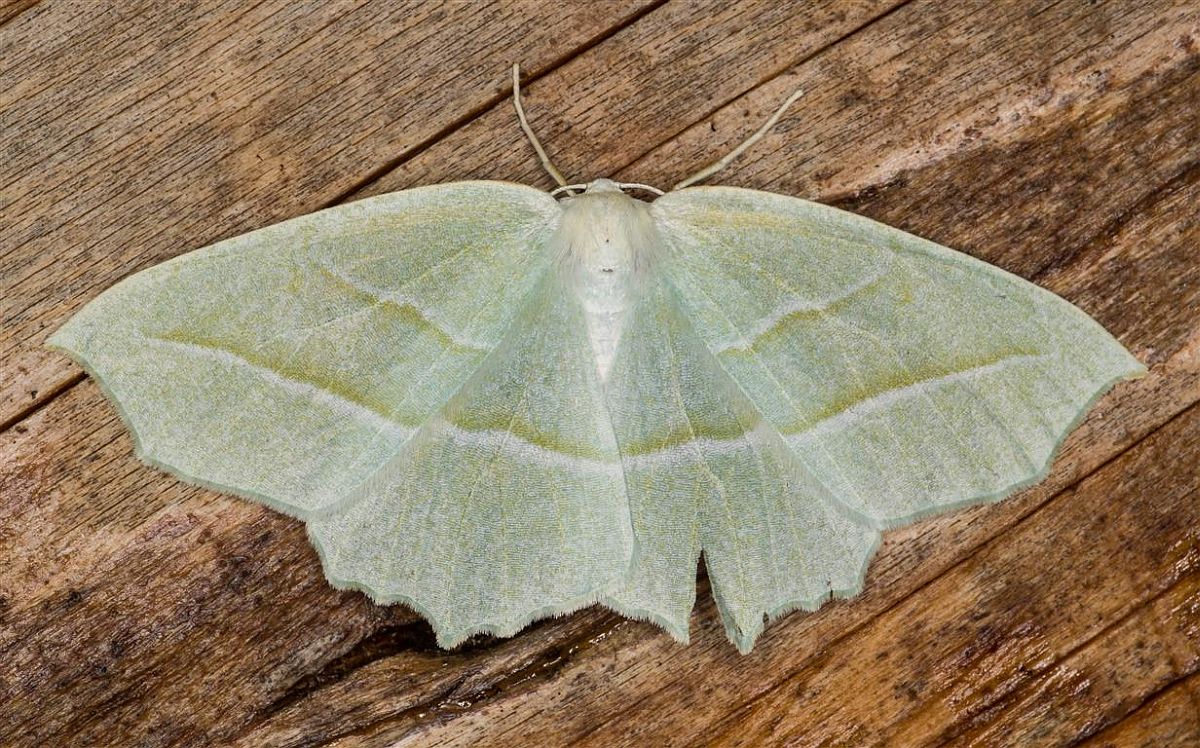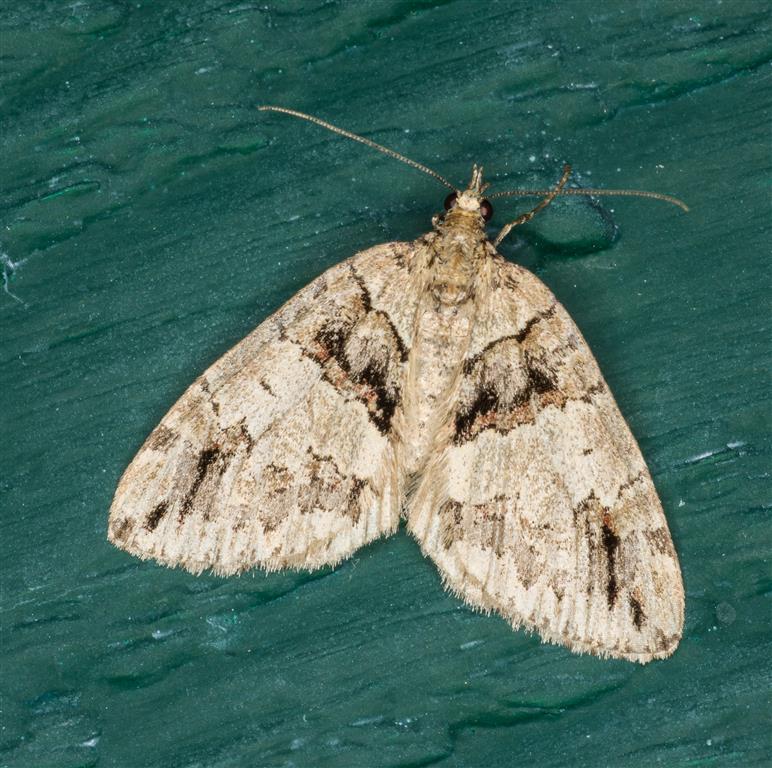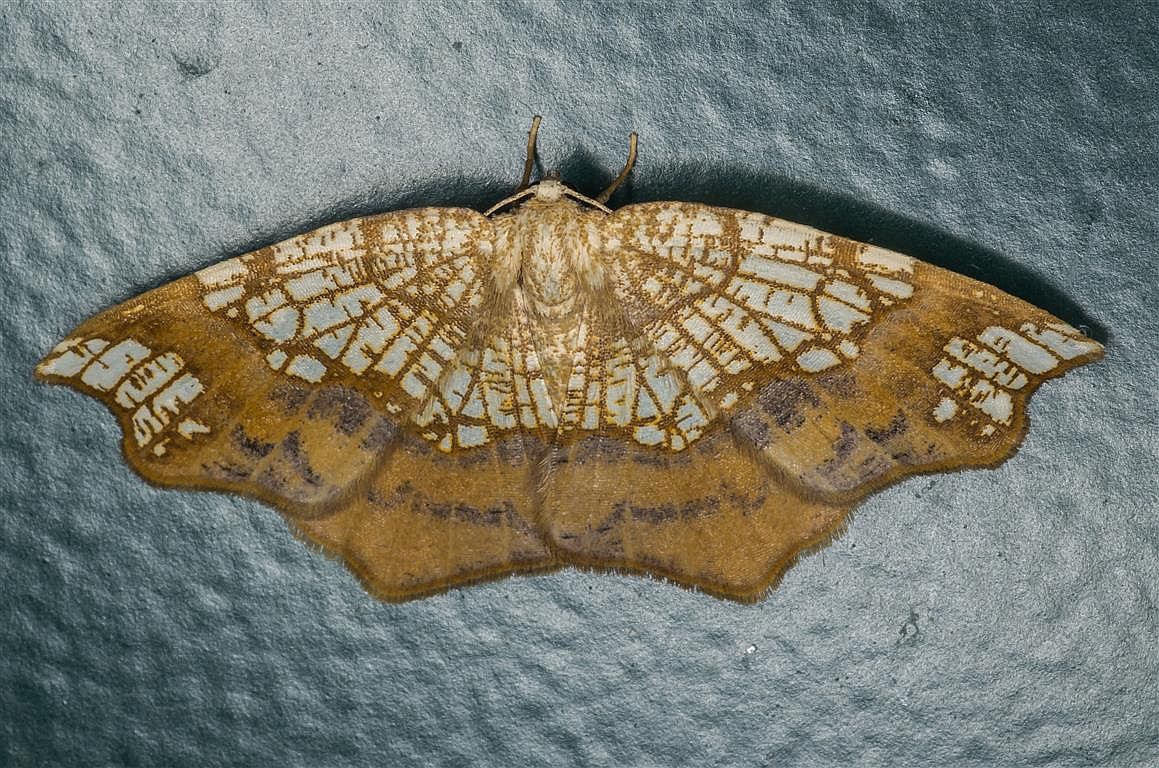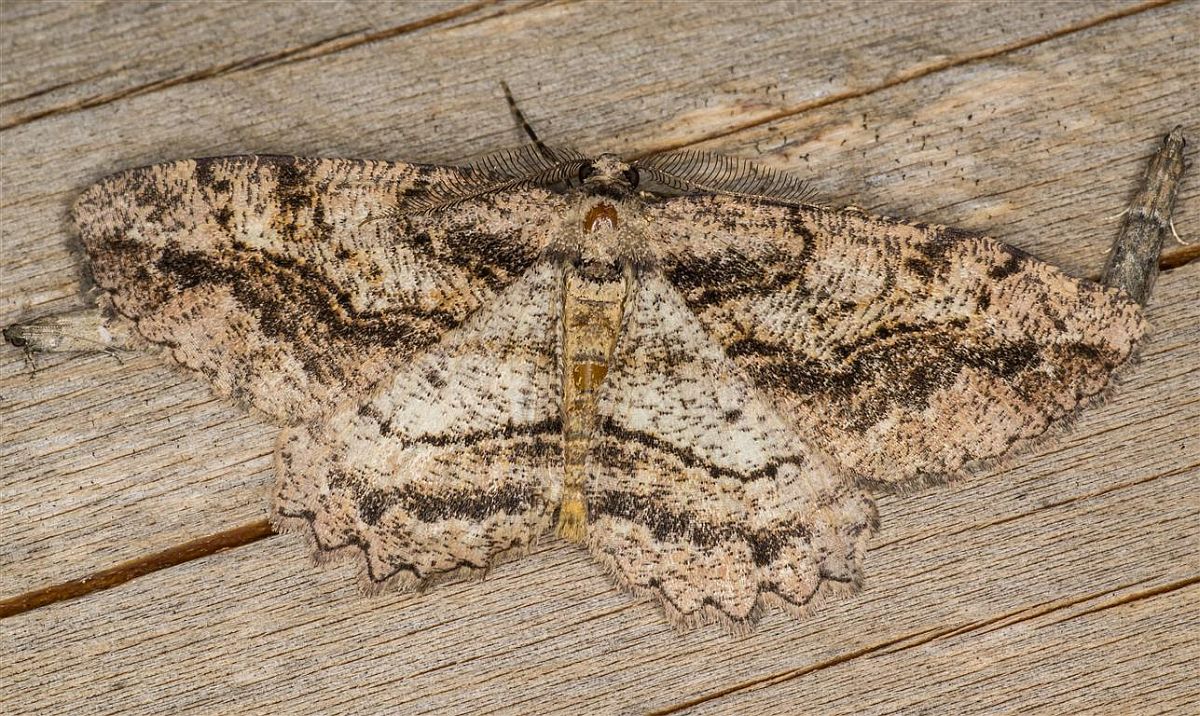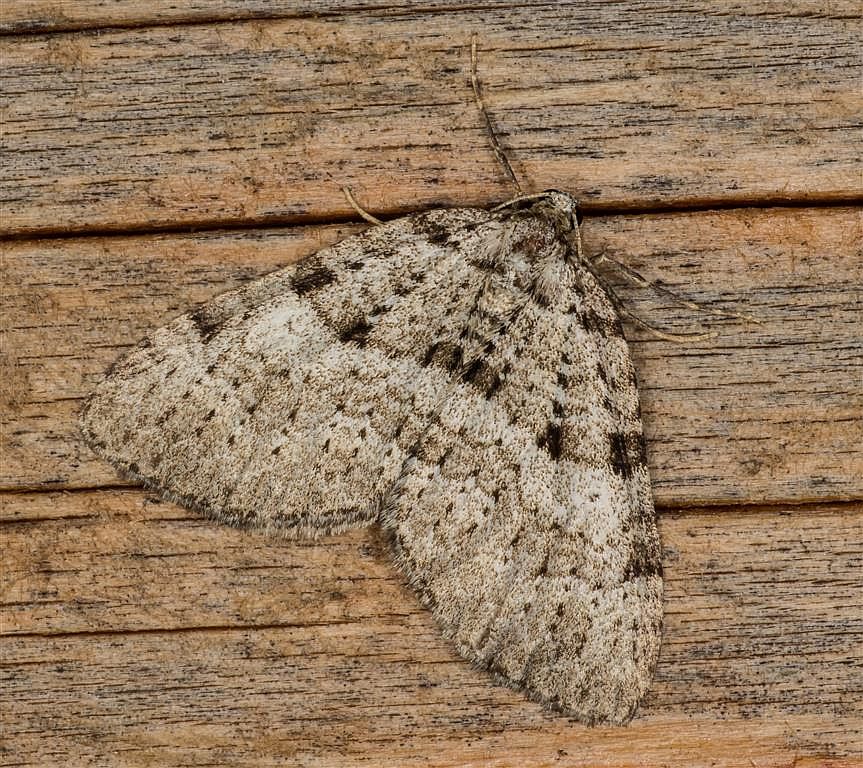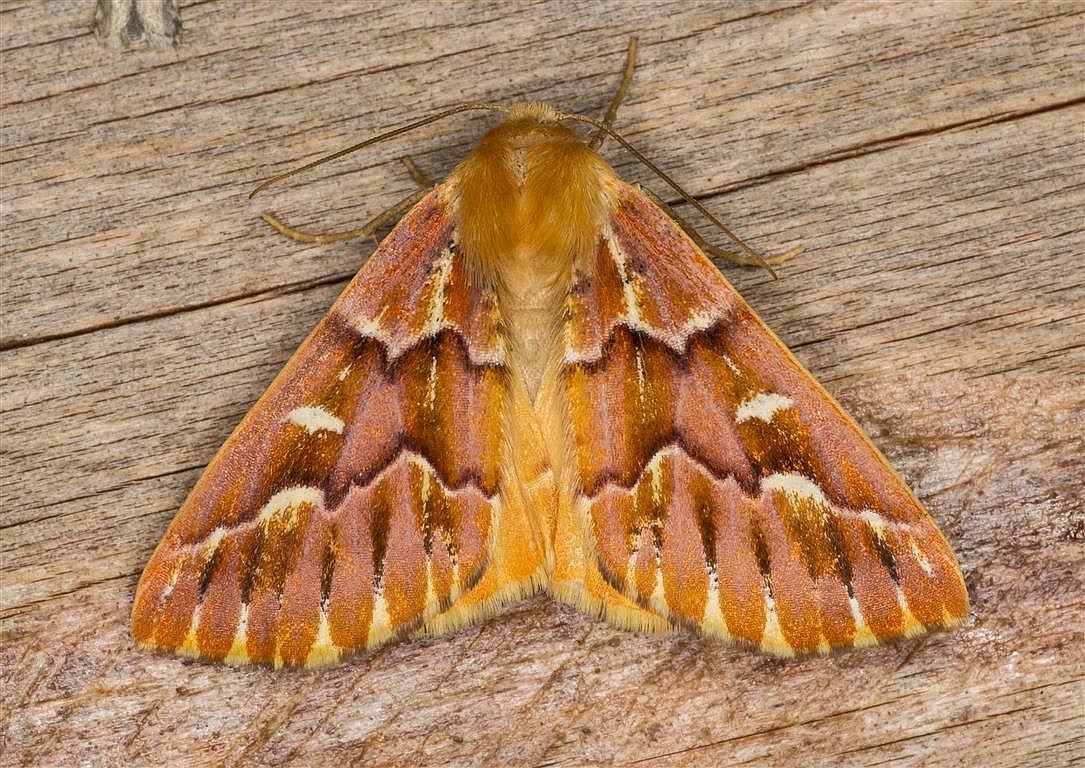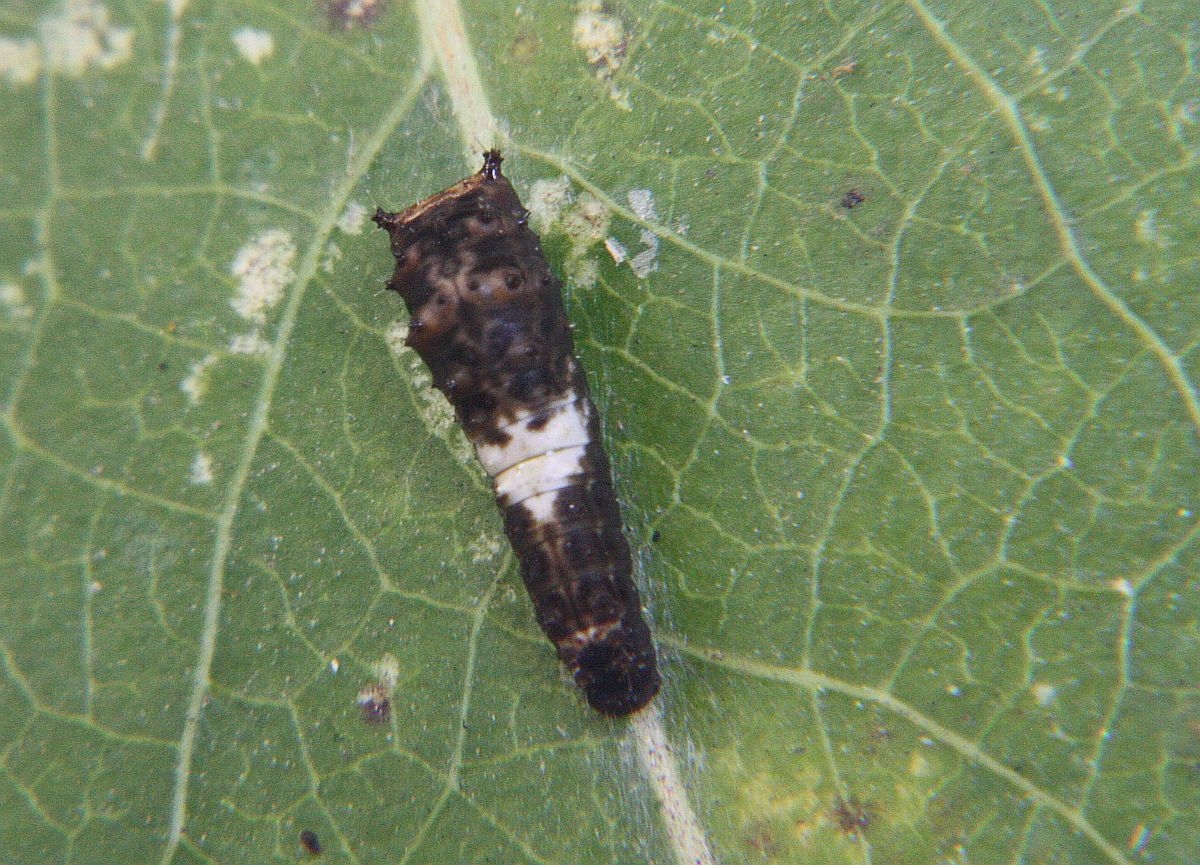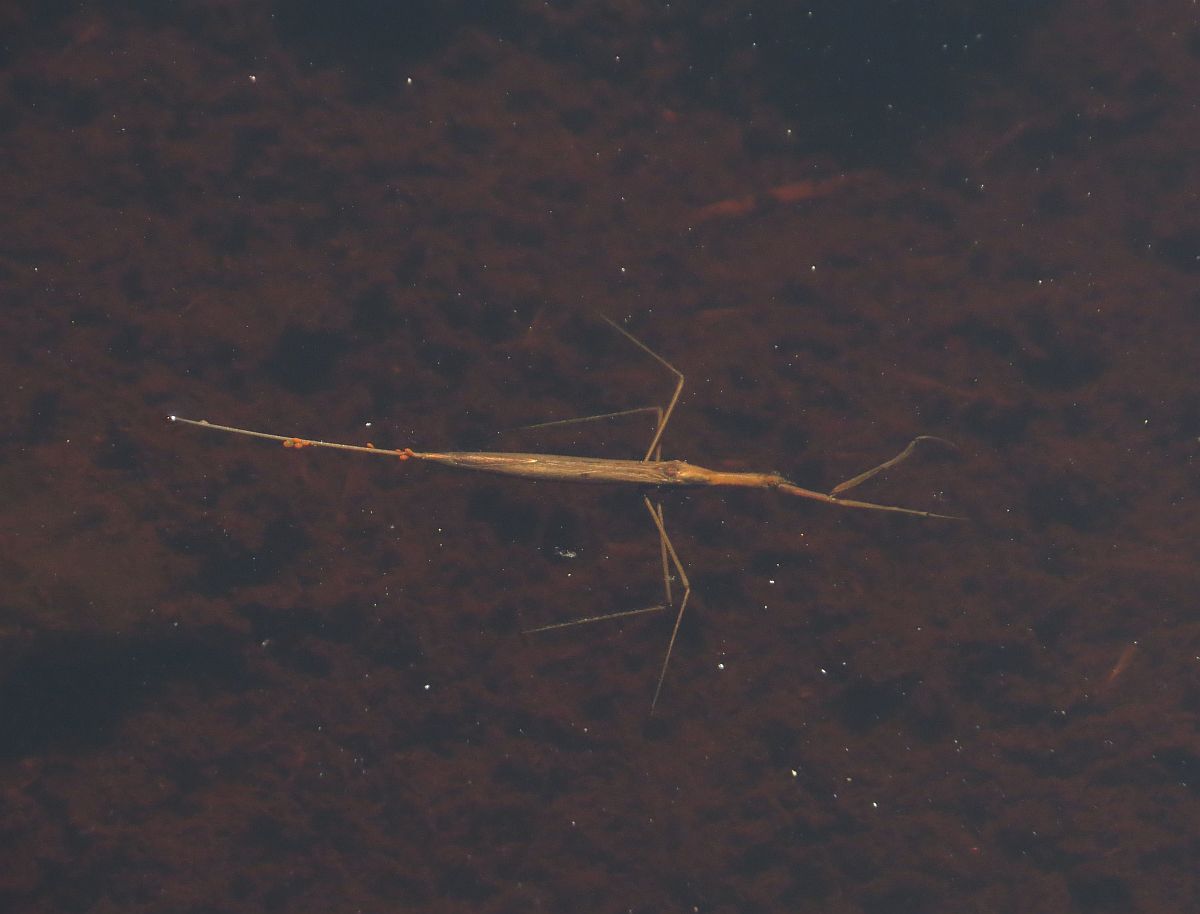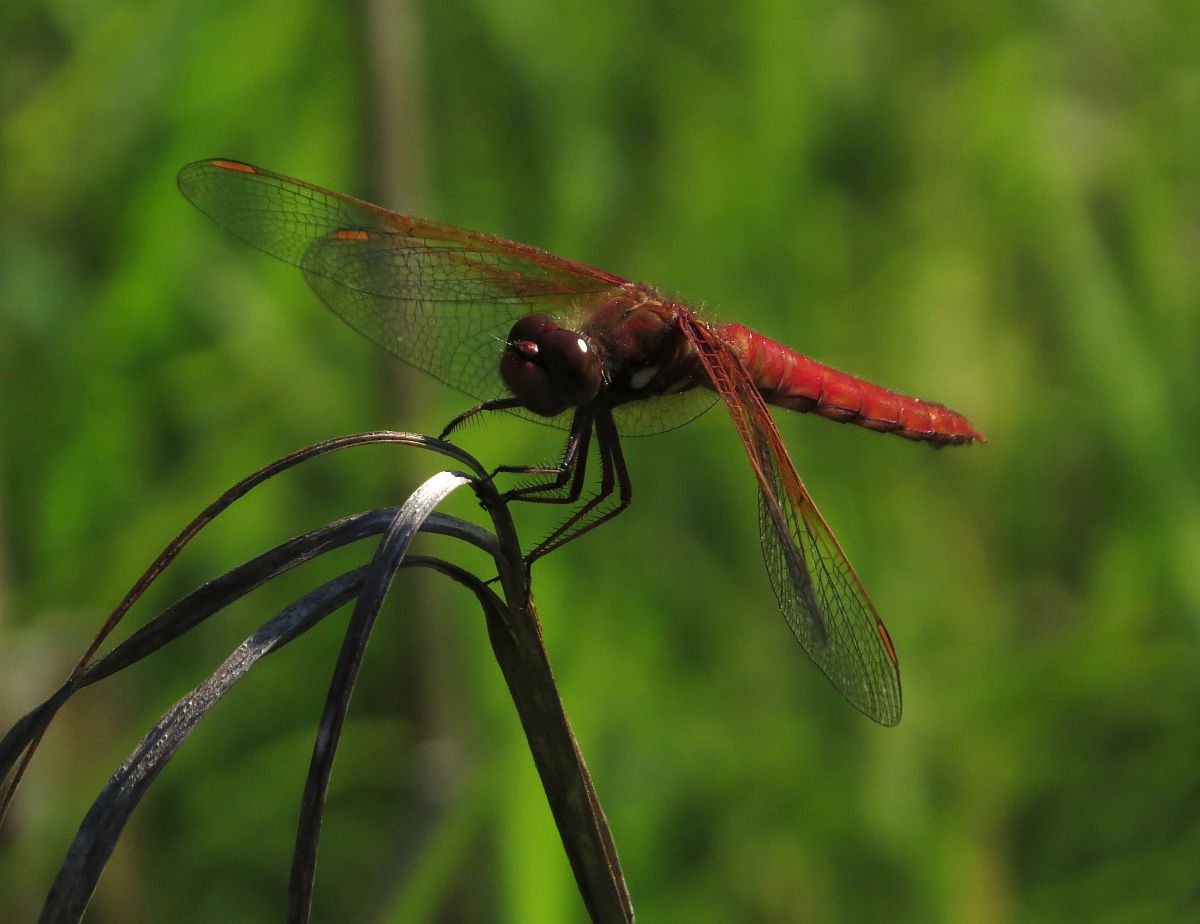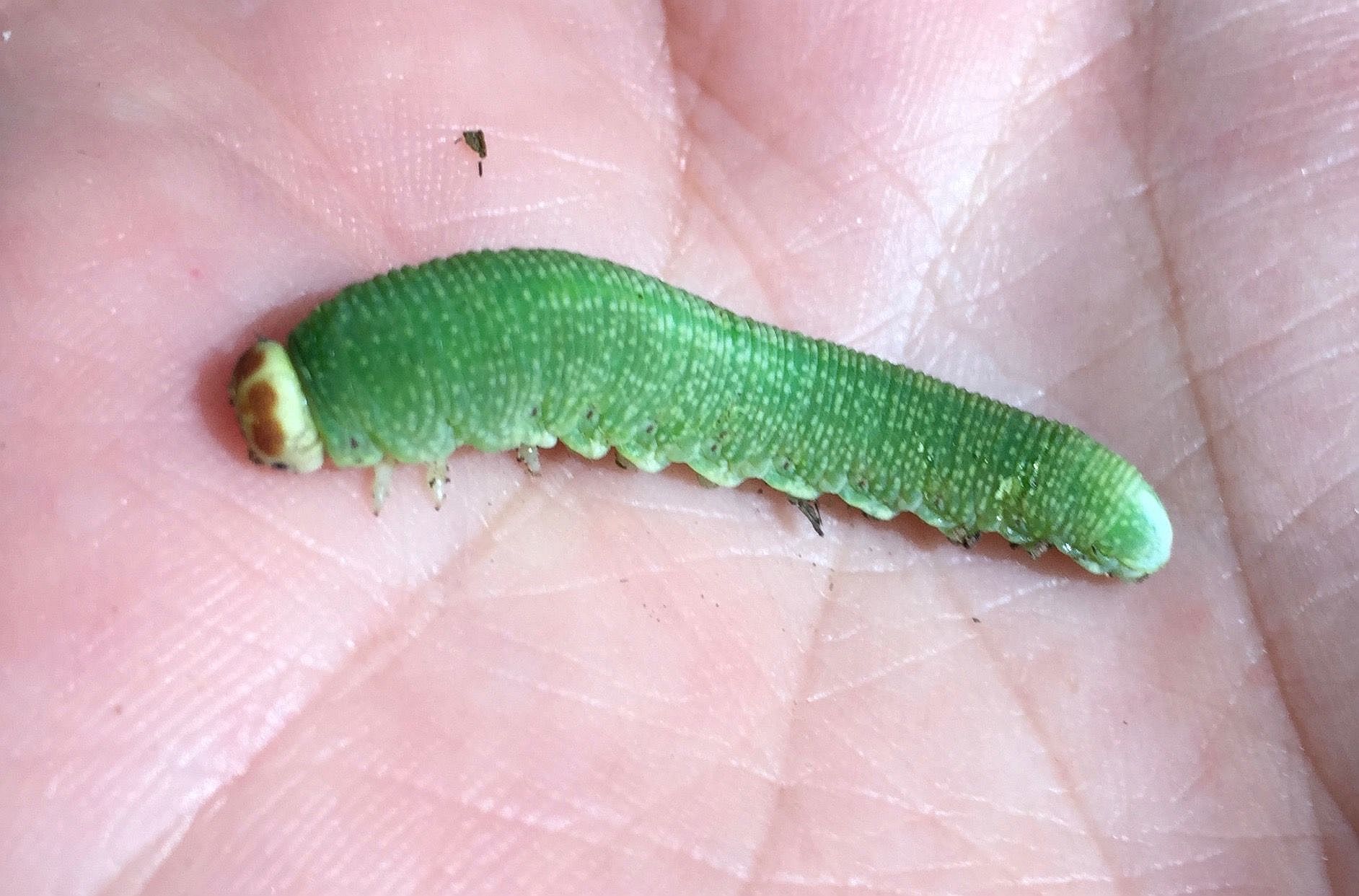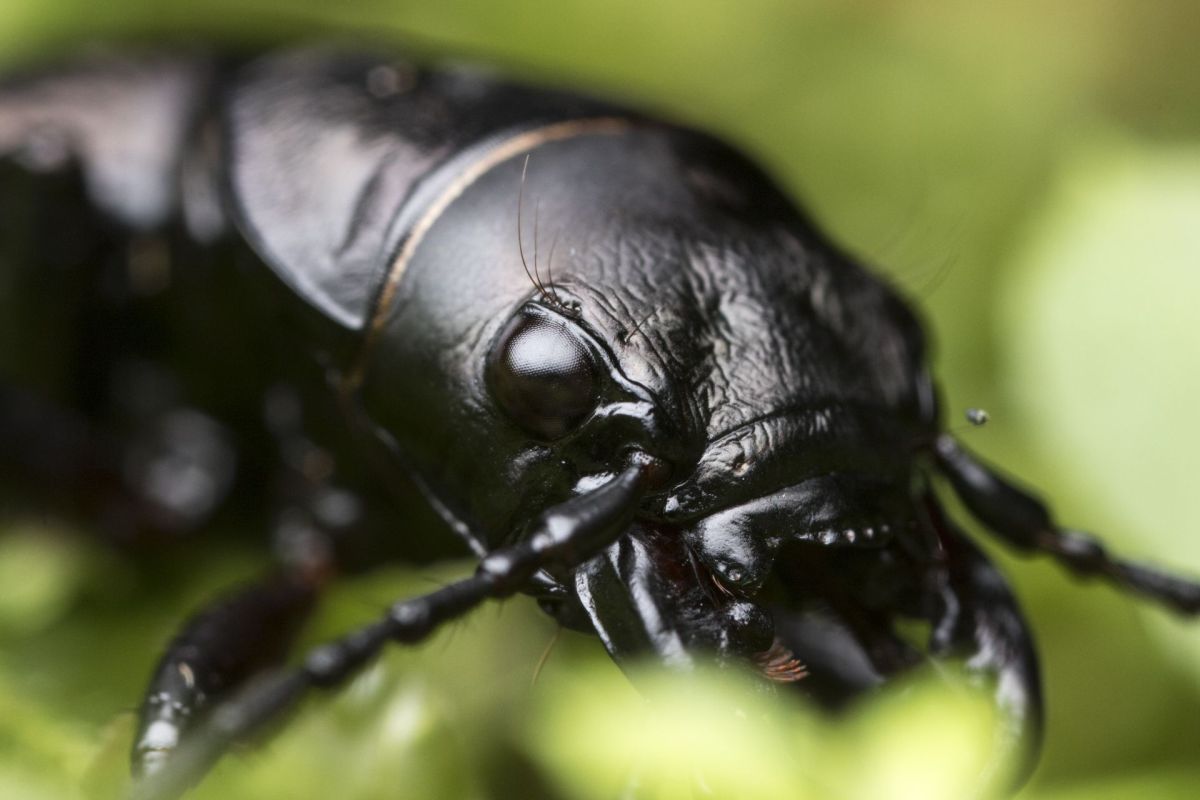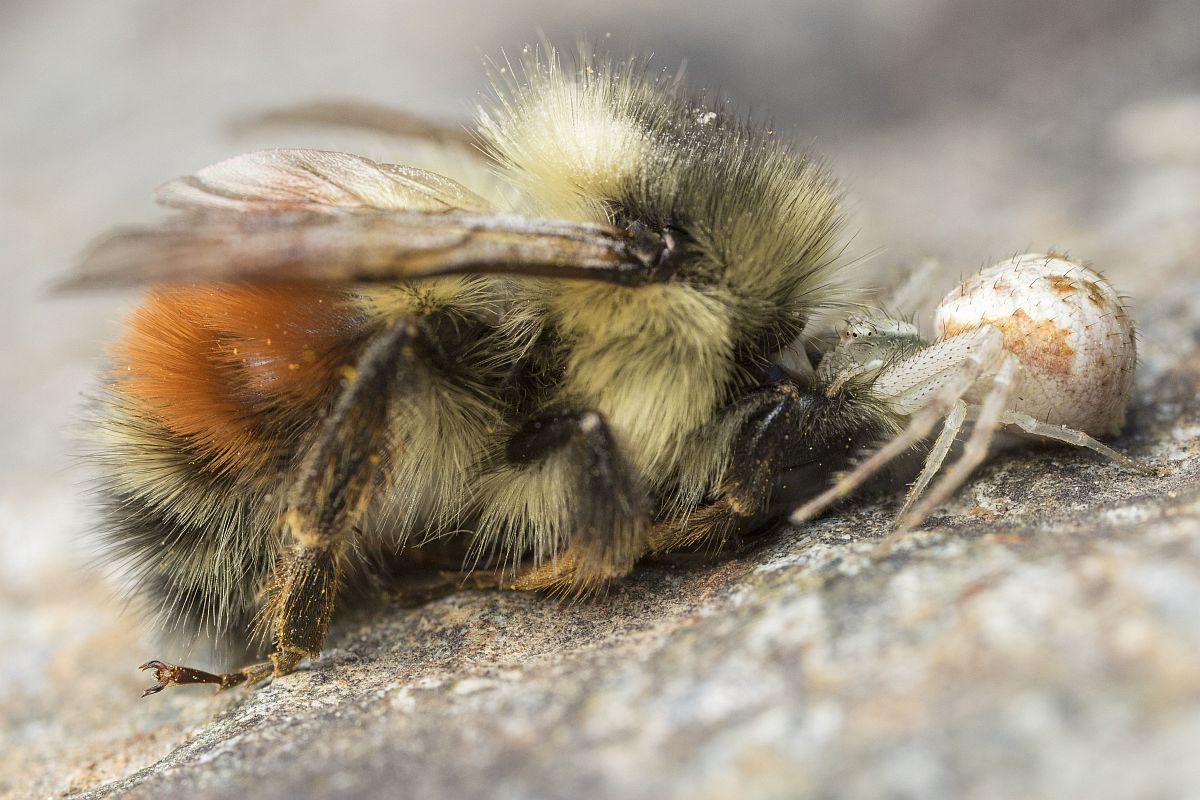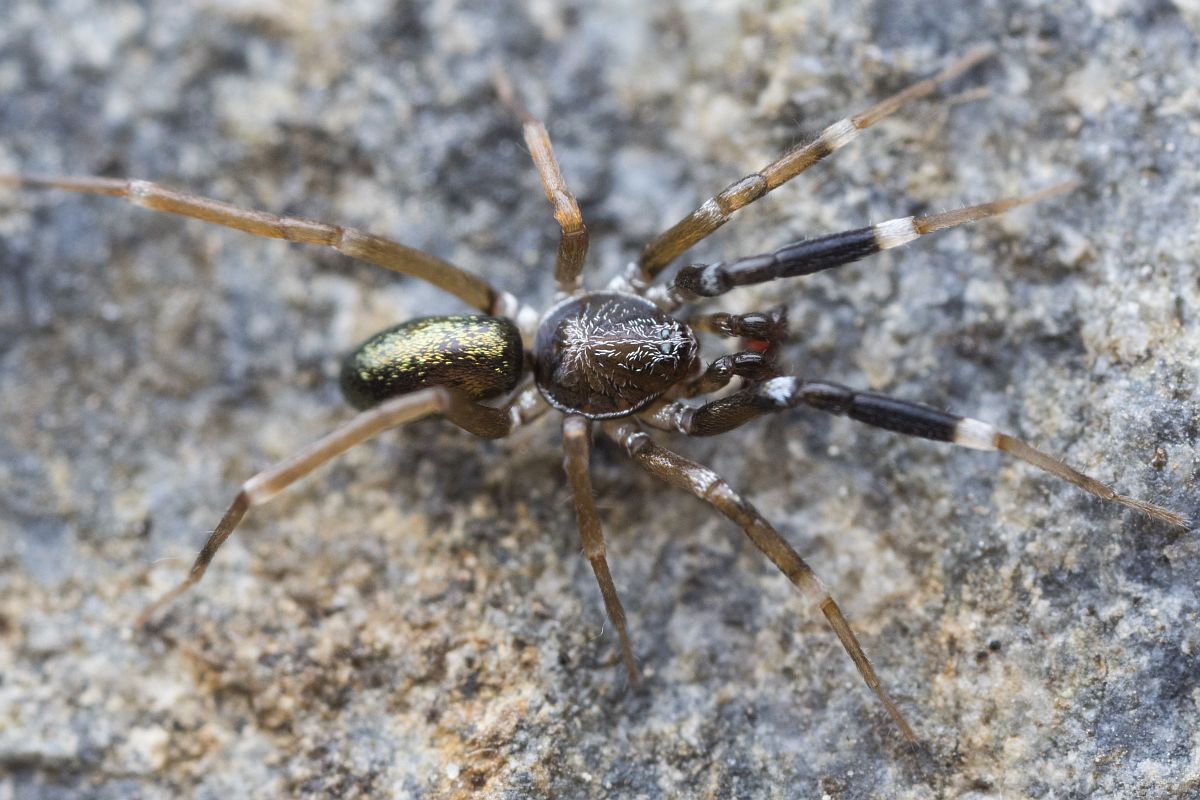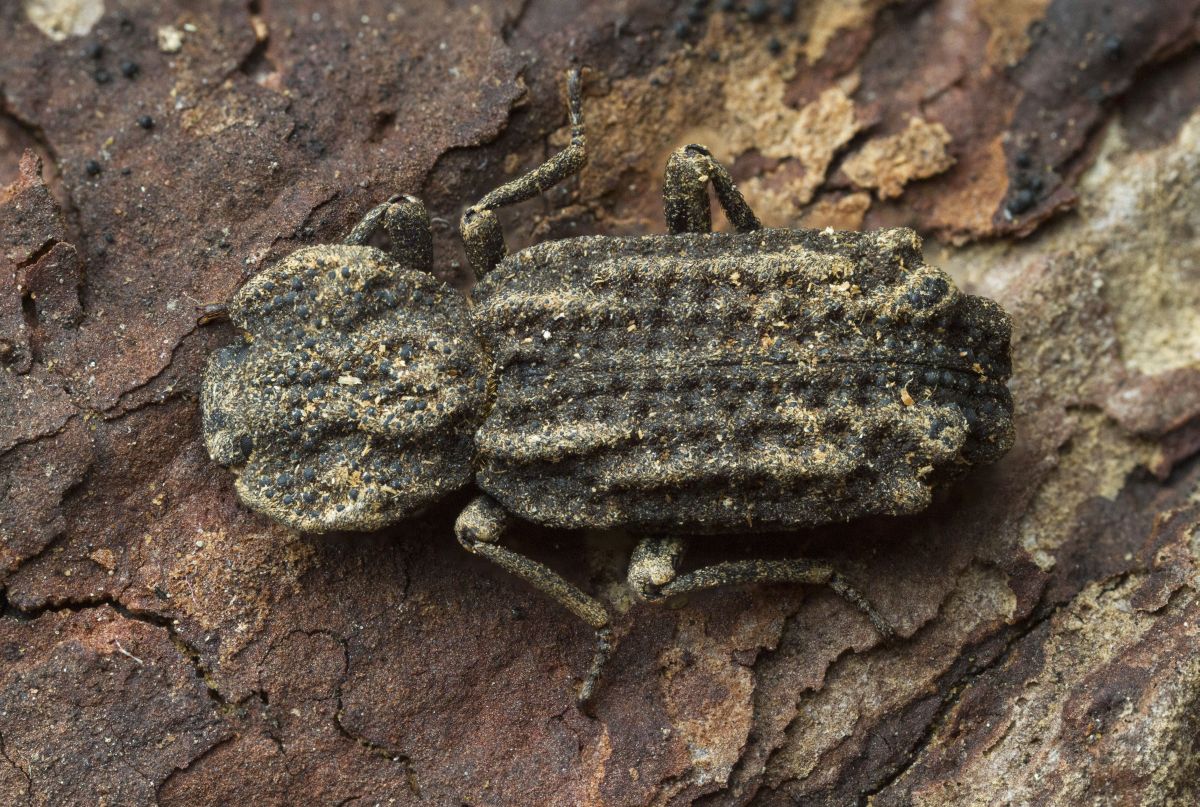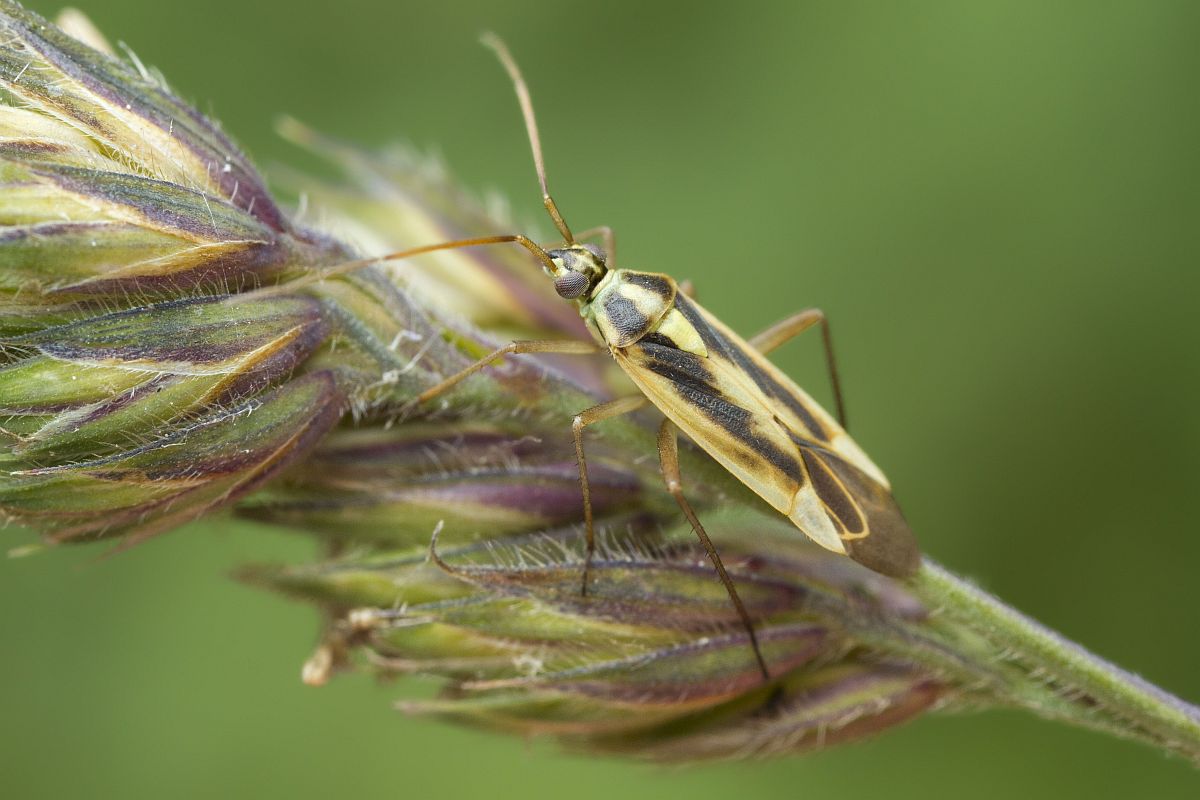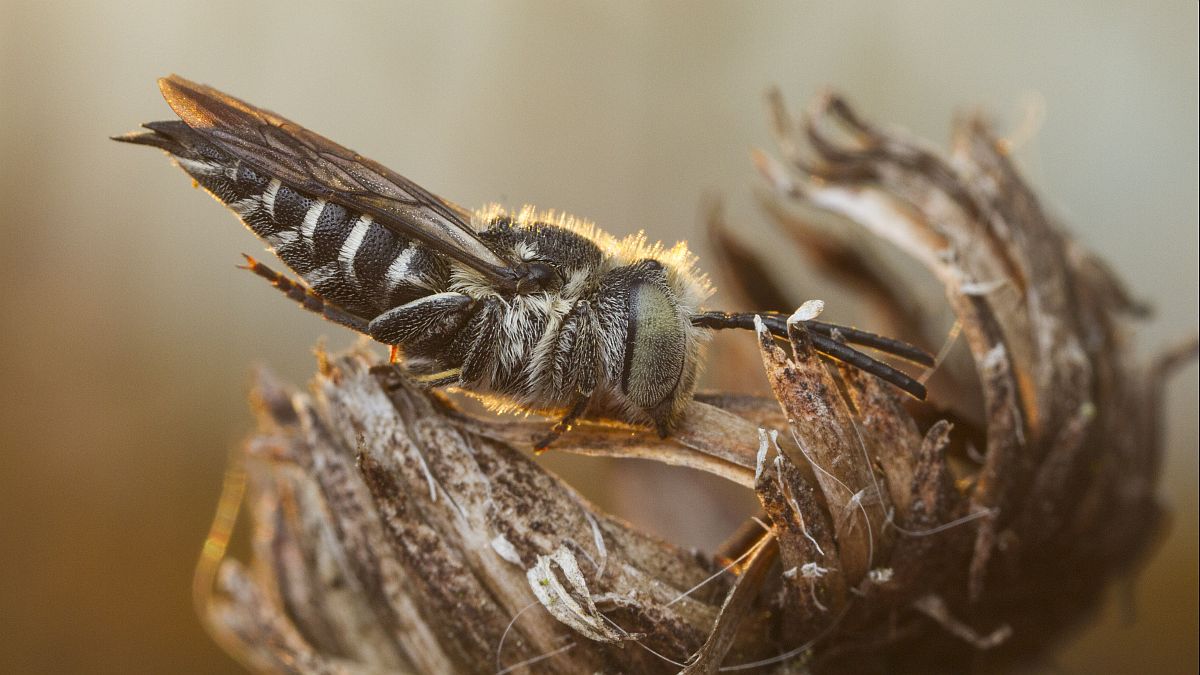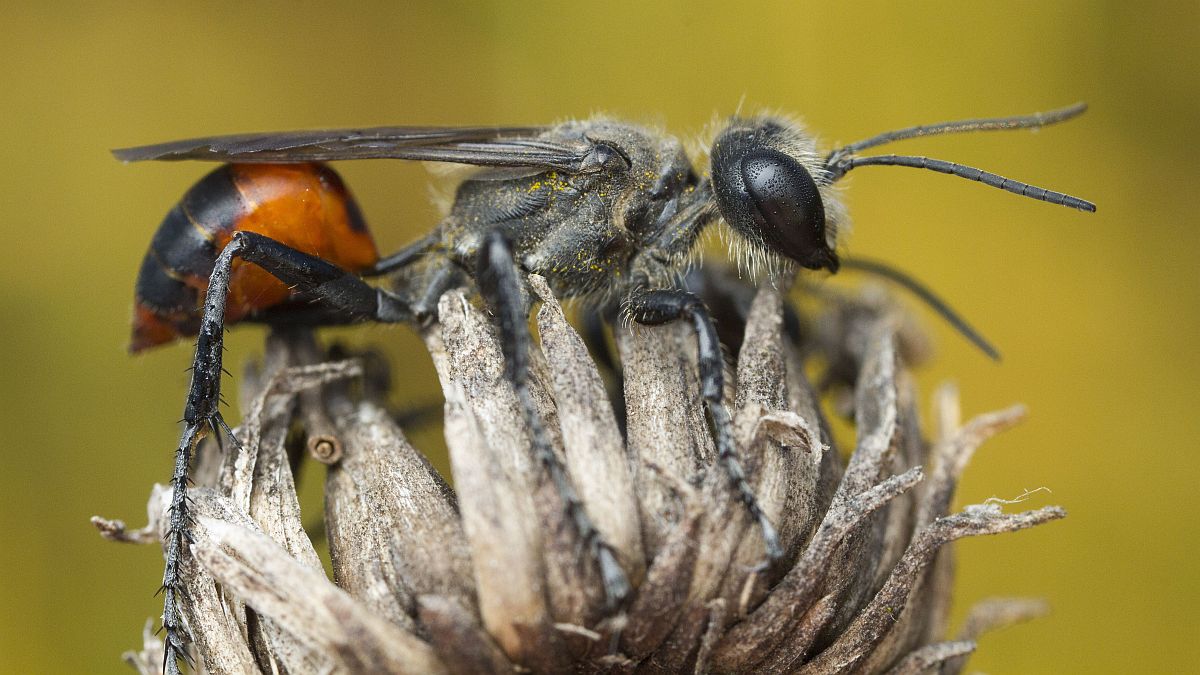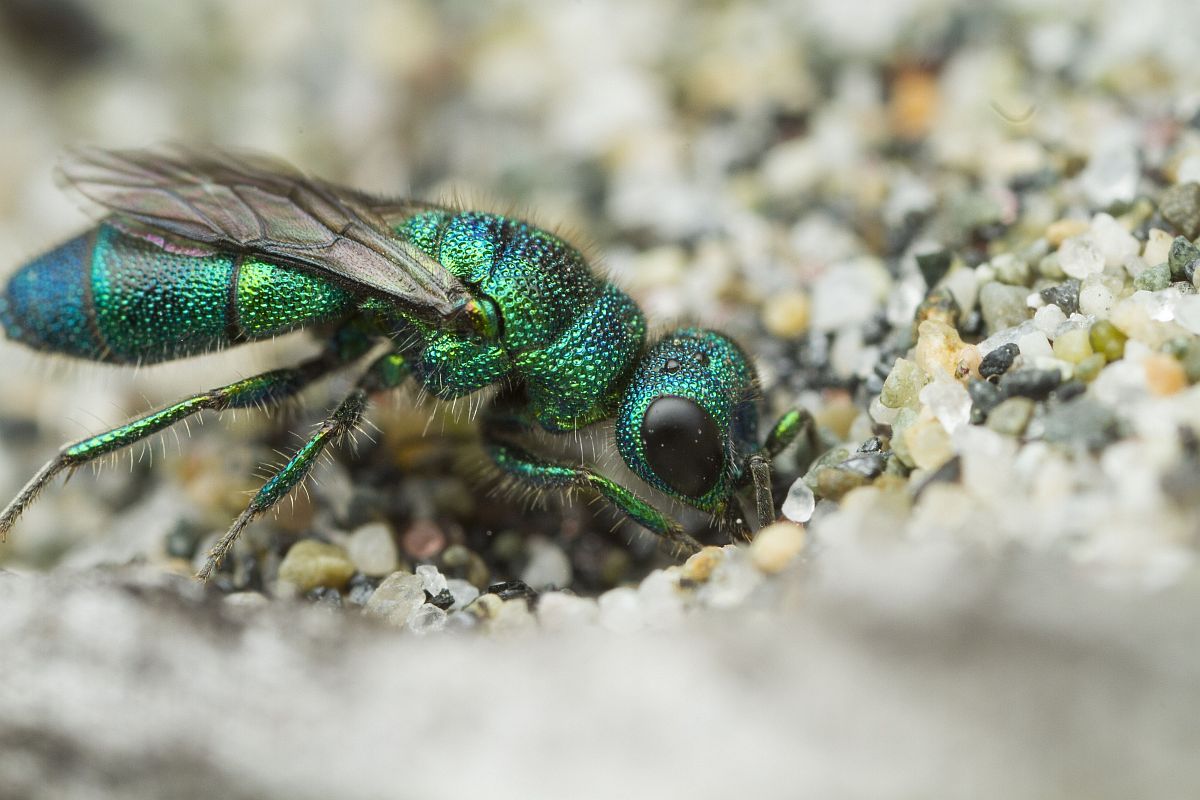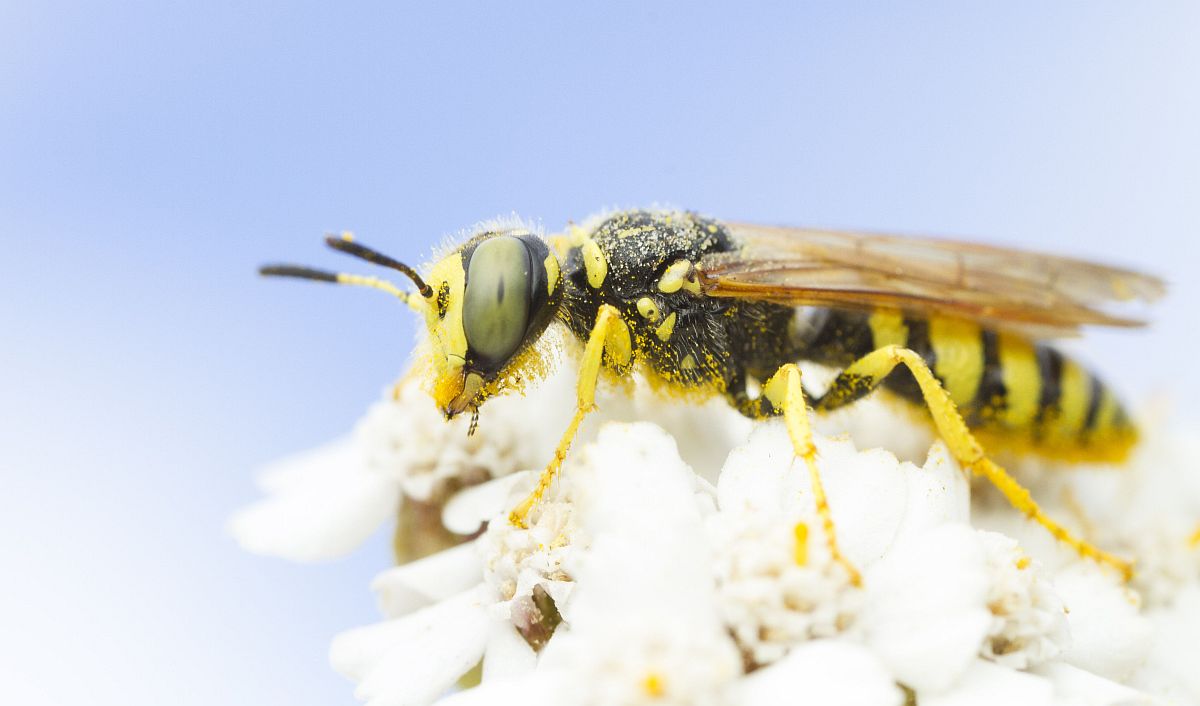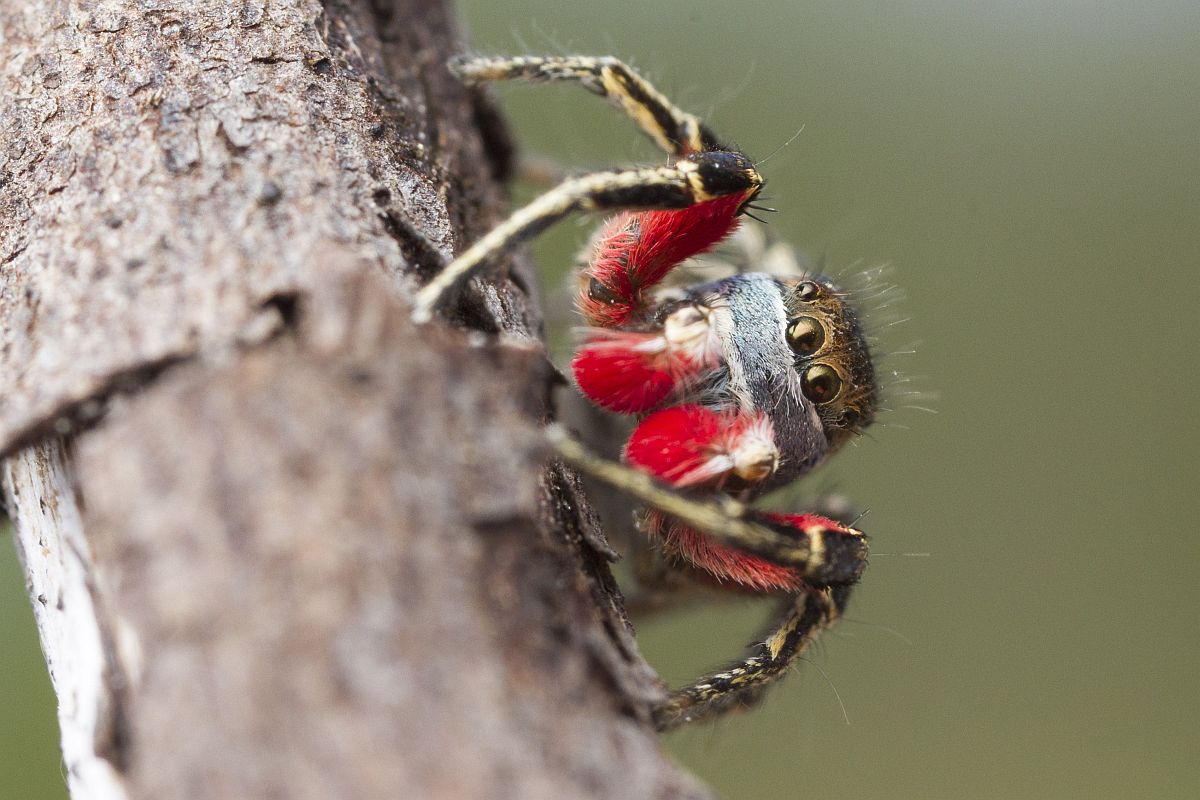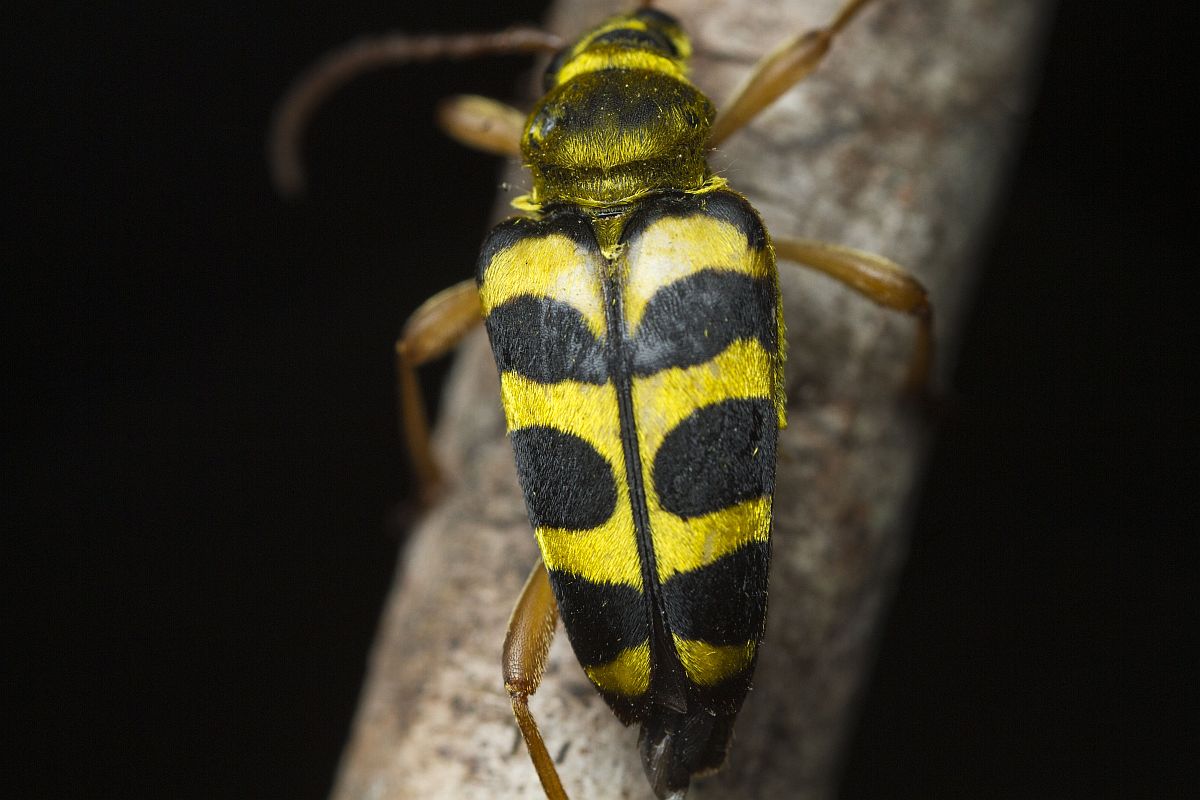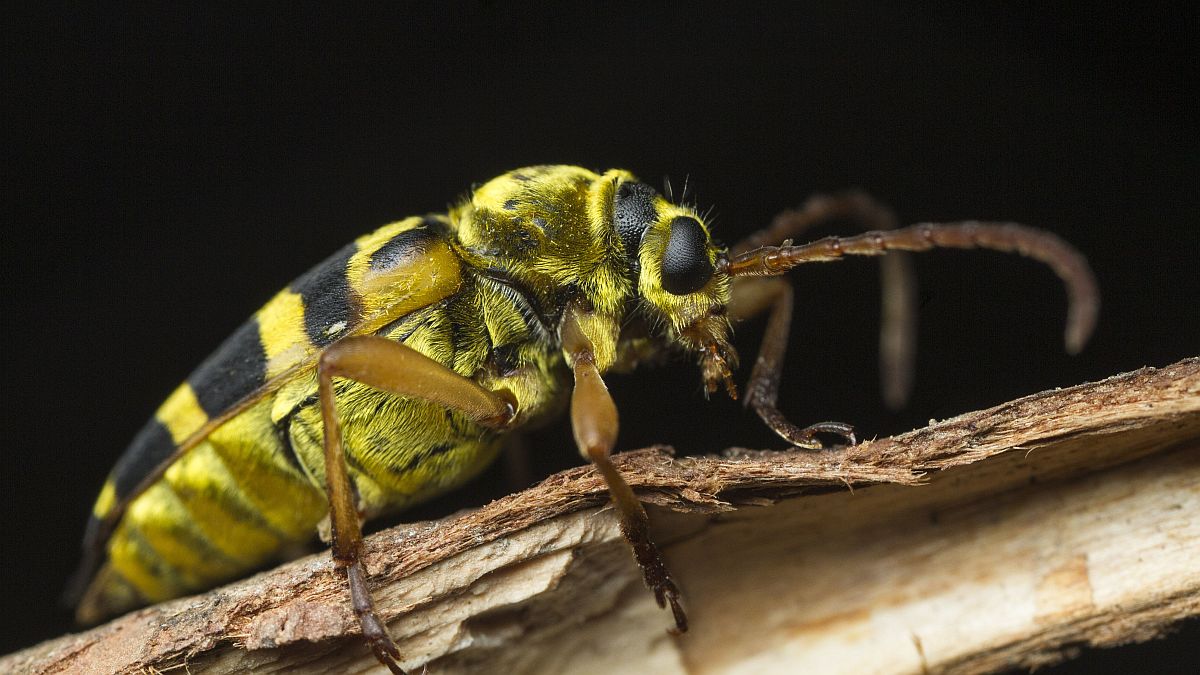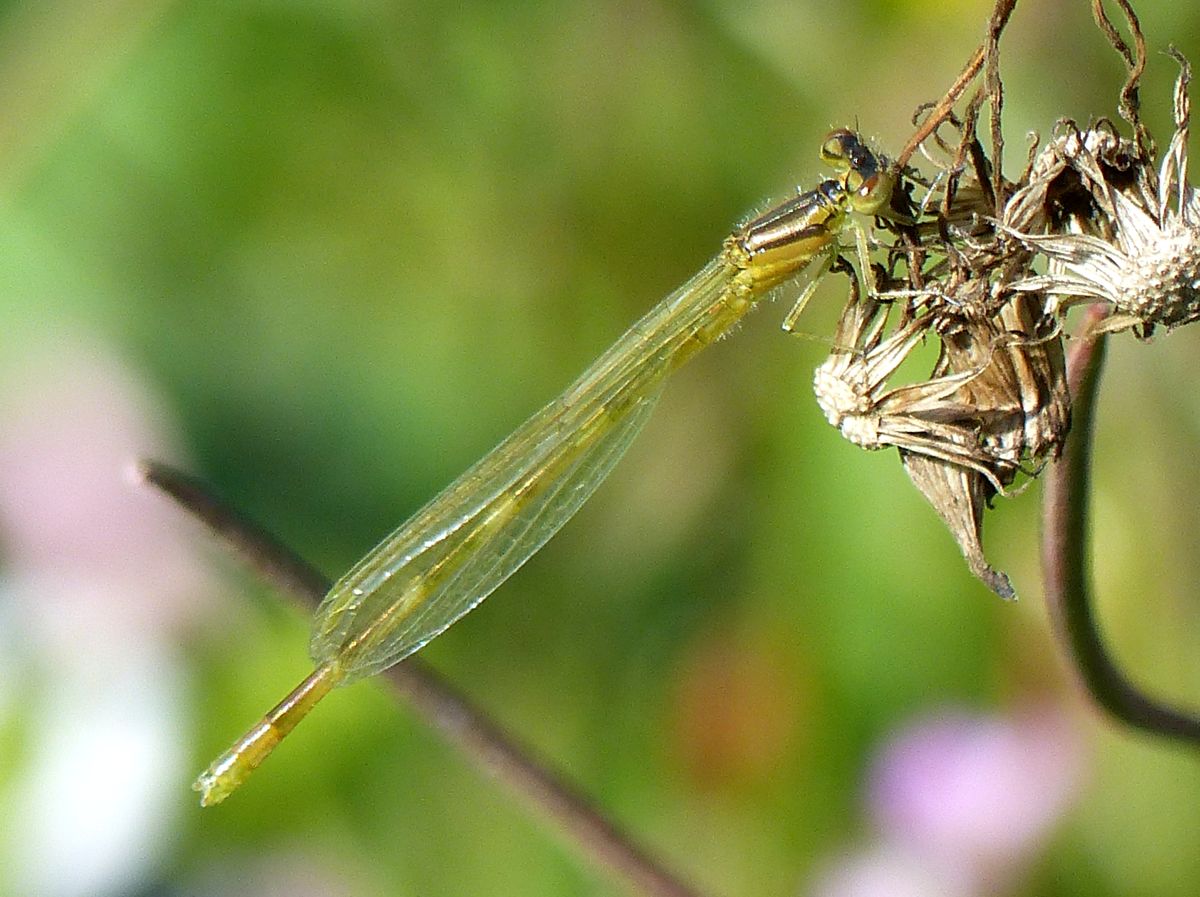2017 August 02
Ken Vaughan photographed the beetle below at Fork Lake, Highlands, on July 29. Thanks to Scott Gilmore for identifying it as an earth-boring dung beetle Odonteus obesus, the first member of its Family to appear on the site.

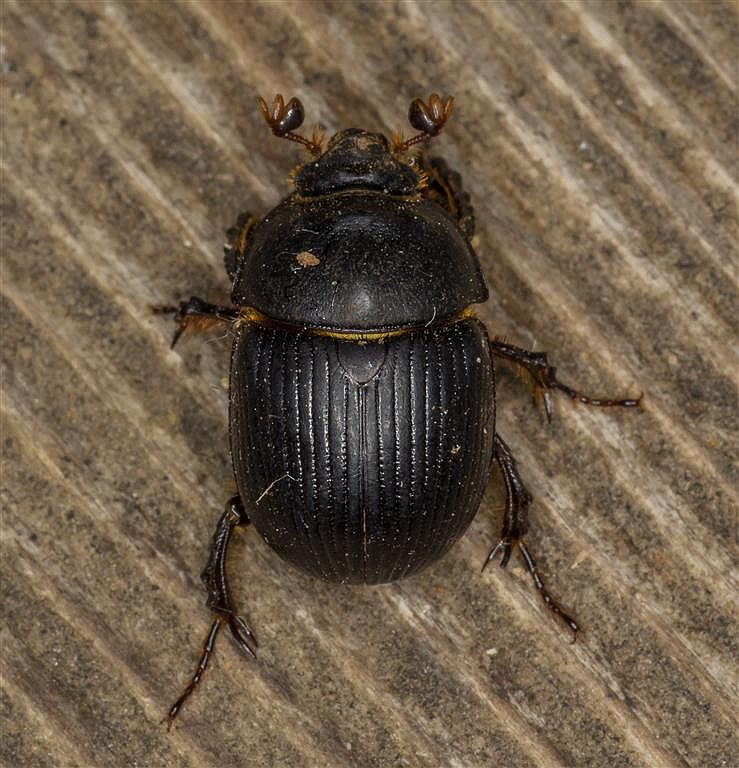
Earth-boring dung beetle Odonteus obesus (Col.: Geotrupidae) Ken Vaughan
Barbara McLintock photographed the beetle below on July 21, and we are again indebted to Scott Gilmore for its identification, as probably Trichocnemis spiculatus. Scott writes that he would like a clearer photo of the pronotum to know for sure. [There is a similar species, S. pauper, and it would need a close look with a magnifying glass to be sure which it is. Jeremy] This is a very large beetle, about 2½ inches in length. One of its common names is Ponderous Borer. It also seems sometimes to be called a Pine Sawyer – a name also given to Jochen Moehr’s July 31 beetle! I have therefore removed any English name from the caption to both beetles and have left them with just a scientific name. The one below has a long ovipositor!

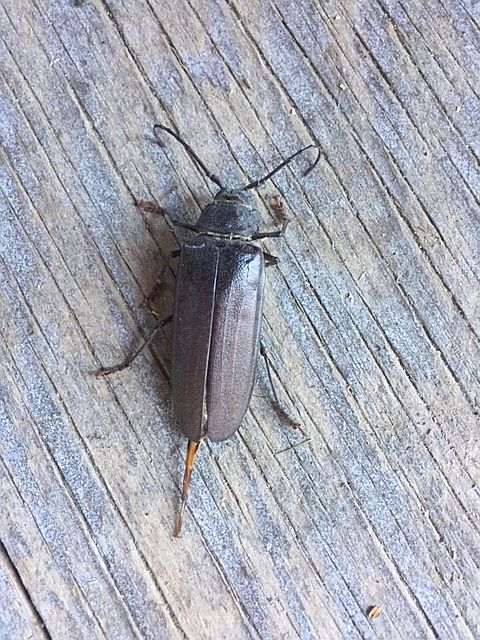
Trichocnemis spiculatus (Col.: Cerambycidae) BarbaraMcLintock
Liam Singh sends a photograph of a clearwing moth from Pedder Bay today. Although it is much yellower than the one on Kathleen Burton’s photograph (see July 26 posting), it is the same species, Synanthedon bibionipennis. Liam’s is a female; Kathleen’s was a male. Here are the three indications that Liam’s is a female:
She is fatter (carrying eggs!). She is much yellower. The hairs on her labial palpi are all yellow not tipped with brown. It is remarkable to receive photos of sesiids within a few days of each other. Strawberry has been recorded as the larval foodplant of S. bibionipennis. The person who named it bibionipennis (Jean Baptiste Boisduval – of Blue fame) must have thought that the male was a mimic of a St Mark’s Fly (Bibionidae).

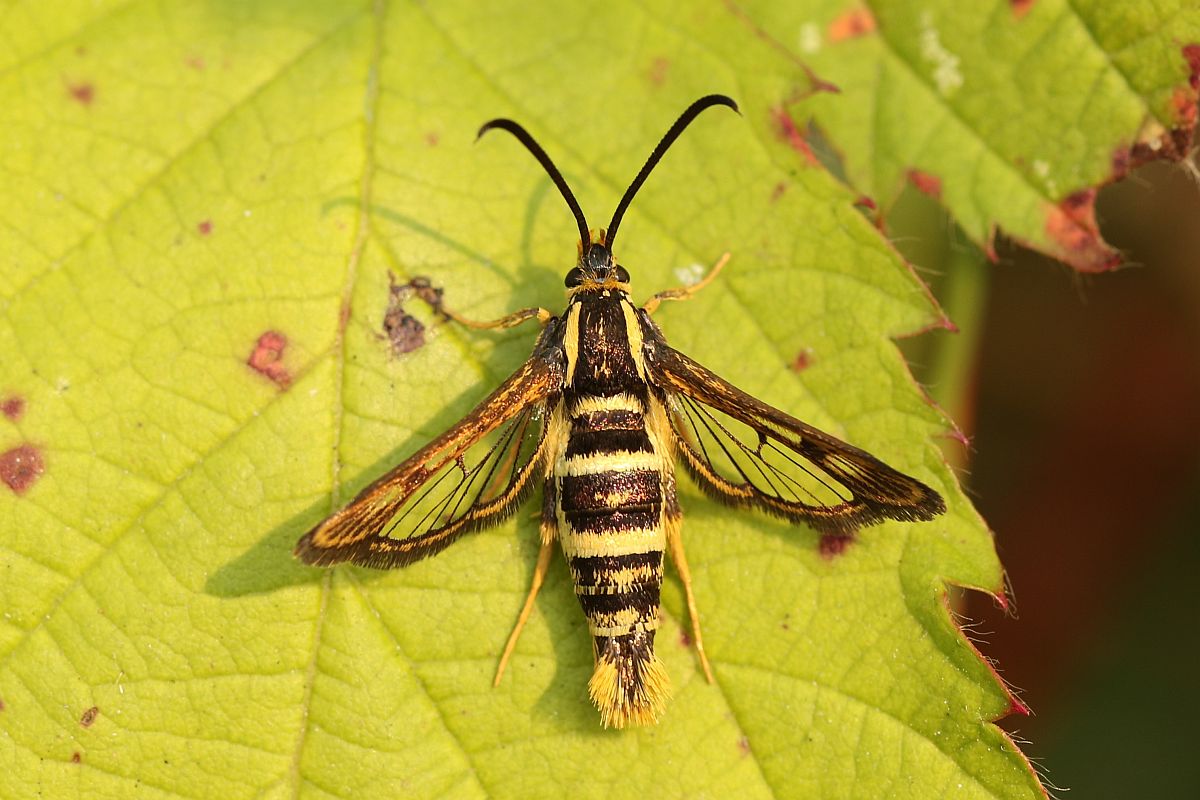
Synanthedon bibionipennis (Lep.: Sesiidae) Liam Singh

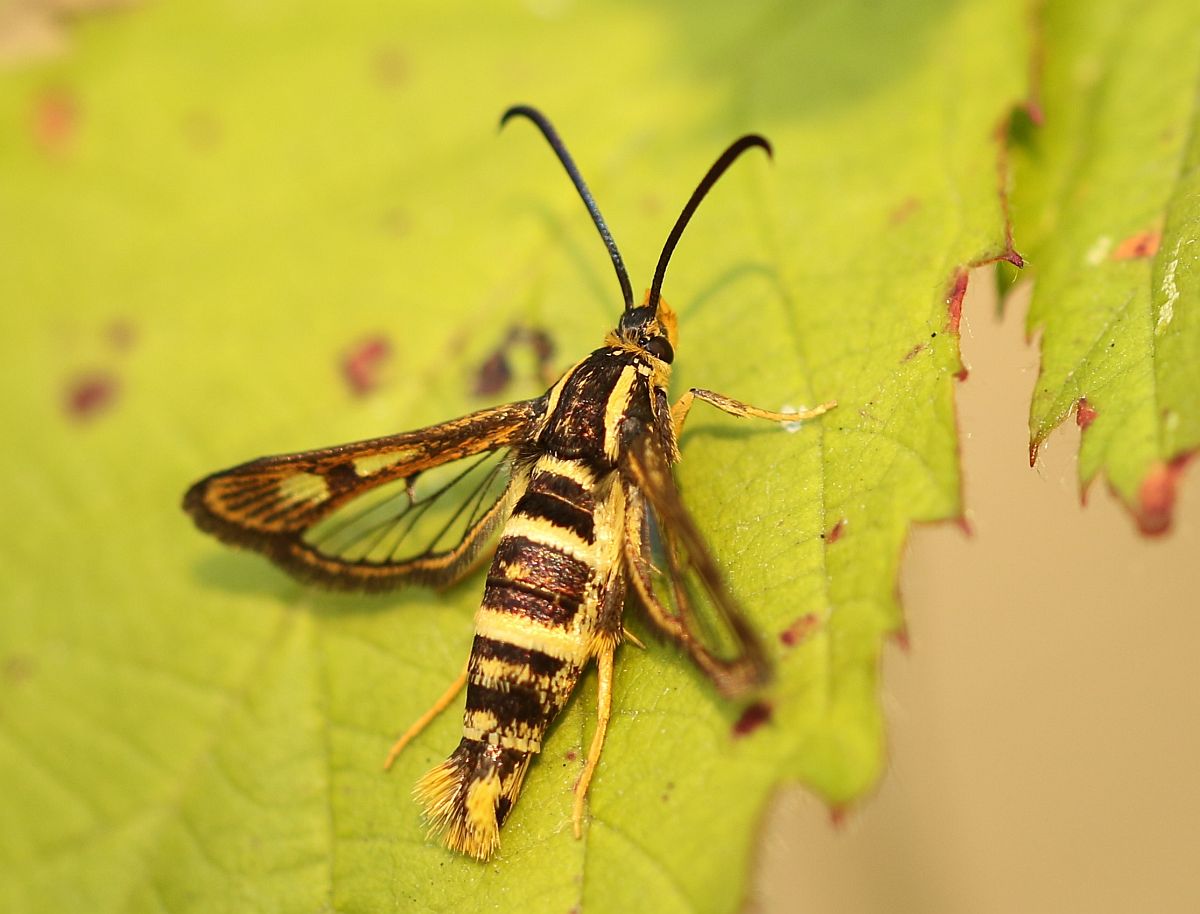
Synanthedon bibionipennis (Lep.: Sesiidae) Liam Singh

